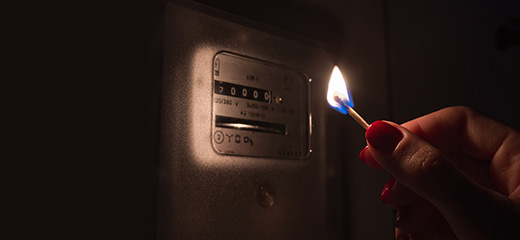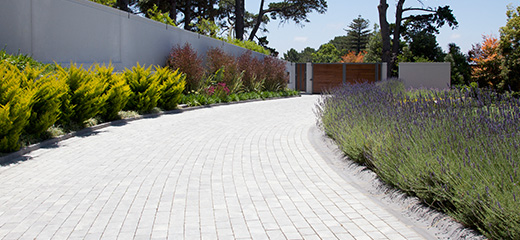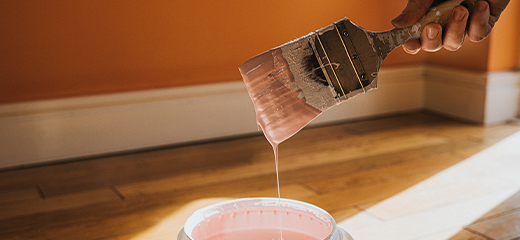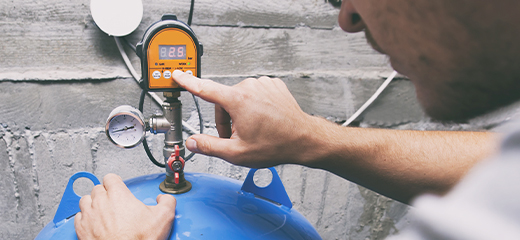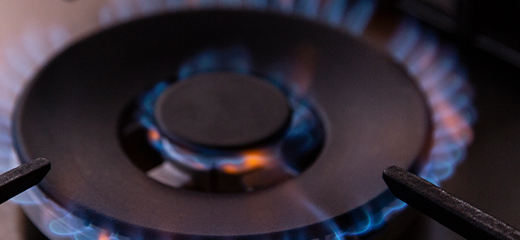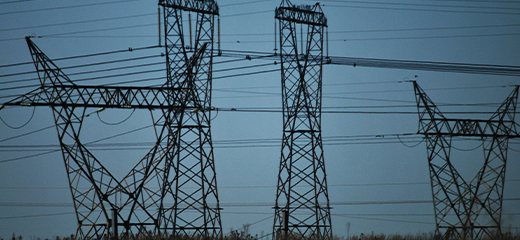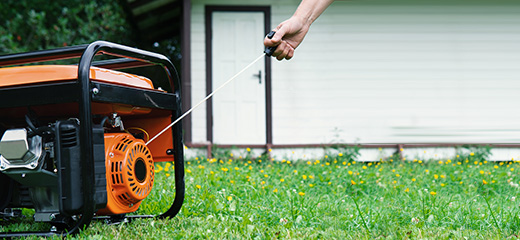
Is your home ready for winter?
Temperatures are cooling and it won't be long before winter is upon us. For families, this means stocking up on comfort food, pulling out blankets and thicker duvets, and making sure we have enough jerseys and thick socks.
The harsh winter months can also be hard on your home, resulting in damage and high electricity costs. There are, however, ways to prepare your home for the chill factor and keep the interior cosy and warm without breaking the bank. And the time to do it is before the first cold spell hits.
- Roof ready: Holes and loose roof tiles or sheets allow the cold air in and the warm air out, so it's time to get on the roof to give it a proper inspection for any problem areas. Keep a particular eye out for any misalignment that might have come about during the rainy season.
- Clear out your gutters: While you're up there, clean your gutters and make sure your downpipes are clear and unblocked. Built-up debris will absorb moisture and is quick to freeze during cold snaps. This can result in damage to the gutters, roof and walls.
- Drain your sprinkler system: When water freezes, it expands and leads to cracked and burst pipes. Take the time now to drain your sprinkler system and avoid costly repairs in the spring.
- Cover up cracks: Staying with burst pipes, make sure to identify and fill any cracks or holes in your exterior walls. These gaps allow the cold into the walls to your water pipes resulting in frozen and, often, burst pipes, which are very expensive to repair.
- Wrap exposed pipes: Speak to your local hardware store about protective coverings for those external water pipes that are exposed to the elements.
- Divert water: Repair any leaking outdoor taps and make sure that any water is diverted away from the structure of the home. Saturated areas close to your property are quick to freeze and can do serious damage to your home's walls and foundations.
- Treat your wood: Defend your wood installations, fittings and fixtures with a pre-winter treatment by filling any cracks and applying an appropriate exterior sealant.
- Pamper your paving: Your driveways, patios, entertainment areas and walkways are particularly vulnerable during winter as the ground beneath goes through regular shifts due to the freeze-thaw cycles. Bricks and concrete are also porous and can crack or even crumble during cold snaps. Ideally, you should seal your paving every 3 to 5 years to keep it in good condition.
- Inspect insulation: Insulation plays a large role in ensuring that heat is retained within the home leading to far lower heating costs. Take the time to do a proper inspection of your insulation to see if it is still in good condition and hasn't been damaged by roof leaks or pests.
- Get your geyser a blanket: Reduce high water heating costs by protecting your geyser from the cold. Not only do these blankets provide a barrier against the cold, but they also help the geyser retain heat, resulting in lower electricity usage.
- Winterproof your windows: Windows are often a source of cold air getting into your home and warm air escaping. Replace any broken or cracked glass and check the state of the putty to make sure it is still in good condition. If the crack is really minor, you can also use clear nail varnish on both sides of the glass for a temporary seal. Remove any built-up debris that prevents windows from closing firmly. Examine the area around your window fixtures for any leaks and speak to your hardware store about the best sealant to use on the fixtures.
- Deck out your door: After a particularly rainy season, your doors may be sporting some water damage. Examine all external doors for cracks and gaps and fill all holes before giving them a coating of sealant. Speak to your local hardware store about rubber insulation that can be applied to the doorway to prevent cold air from entering the home and warm air from escaping rooms.
Want to make your home more efficient and save money?
LookSee is a free home efficiency platform aimed at making homeownership easier and more affordable.
Related articles:

